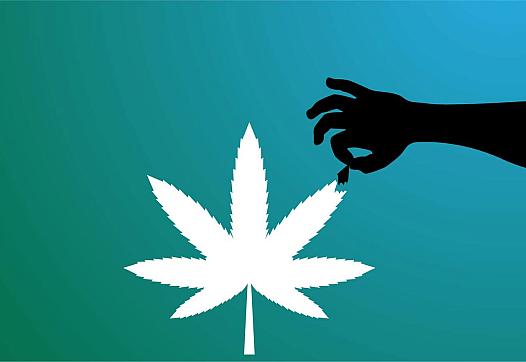
A Florida-based company is now the nation’s largest weed corporation, leaving Black growers behind.

A Florida-based company is now the nation’s largest weed corporation, leaving Black growers behind.
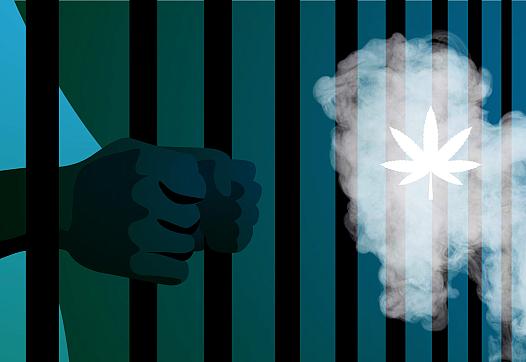
The legal market has removed the threat of arrest, but brought with it a whole new set of challenges.
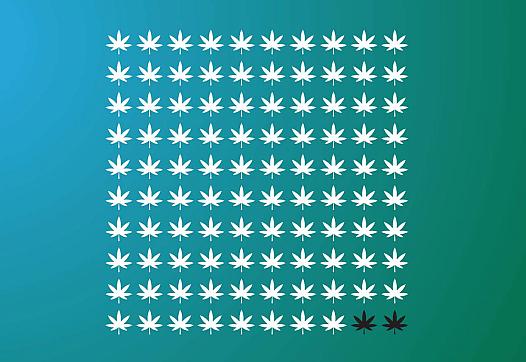
Coast to coast, the green rush is failing Black growers and entrepreneurs.
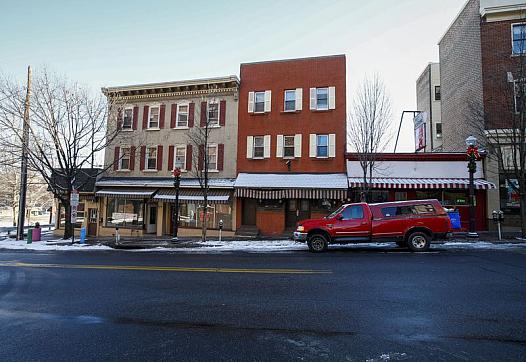
A developer and restaurateur delivered on his promise to allow tenants of his new Bethlehem building to stay rent-free for 90 days to ease the burden of their displacement.

Lehighvalleylive.com launched the first in a series of stories exploring the changing face of South Bethlehem.
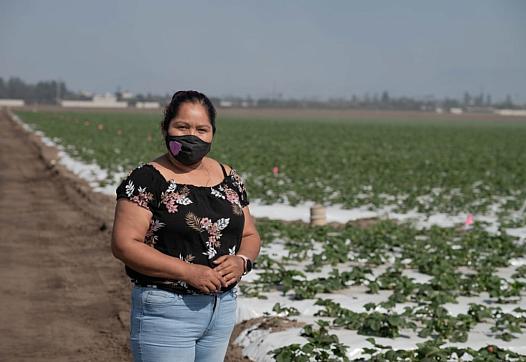
"Nadie estaba preparado para poder ofrecer información correcta a nuestra comunidad sobre este virus de una manera eficaz y verdadera en nuestros idiomas: mixteco, zapoteco, purépecha, entre otros", explica en primera persona un líder comunitario.
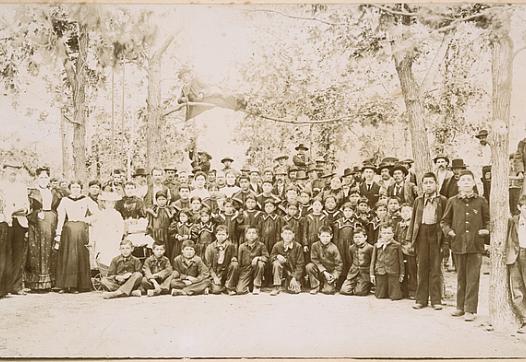
For decades, Native mothers and their advocates in Minnesota have been calling attention to the state’s child welfare system, which they say is inherently and unrelentingly stacked against them
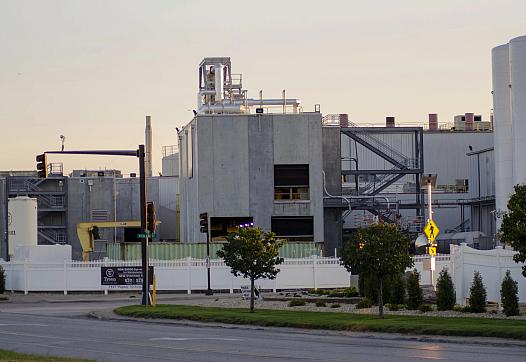
“More workers have died from COVID-19 in the last 18 months in the meat and poultry industry, than died from all work-related causes in the industry in the past 15 years,” as one expert testified.
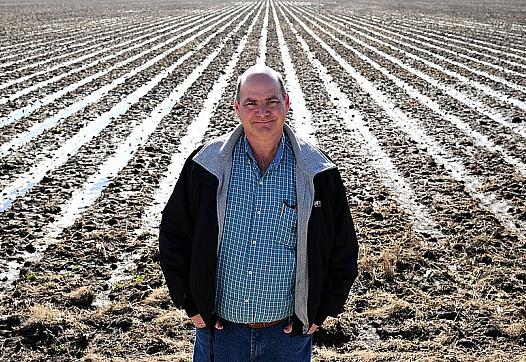
Chronic obstructive pulmonary disease, chronic pain and heart issues now plague David Chenault and he is required to see a list of specialists, but none of them are in that part of the Delta.
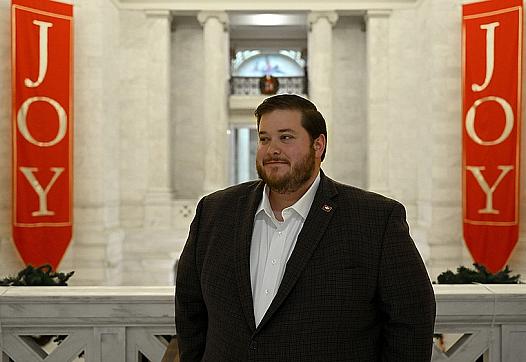
Before Ben Gilmore was a senator, he lived in the Delta in southeast Arkansas and witnessed firsthand the region's struggles with health care, infrastructure, education and more.